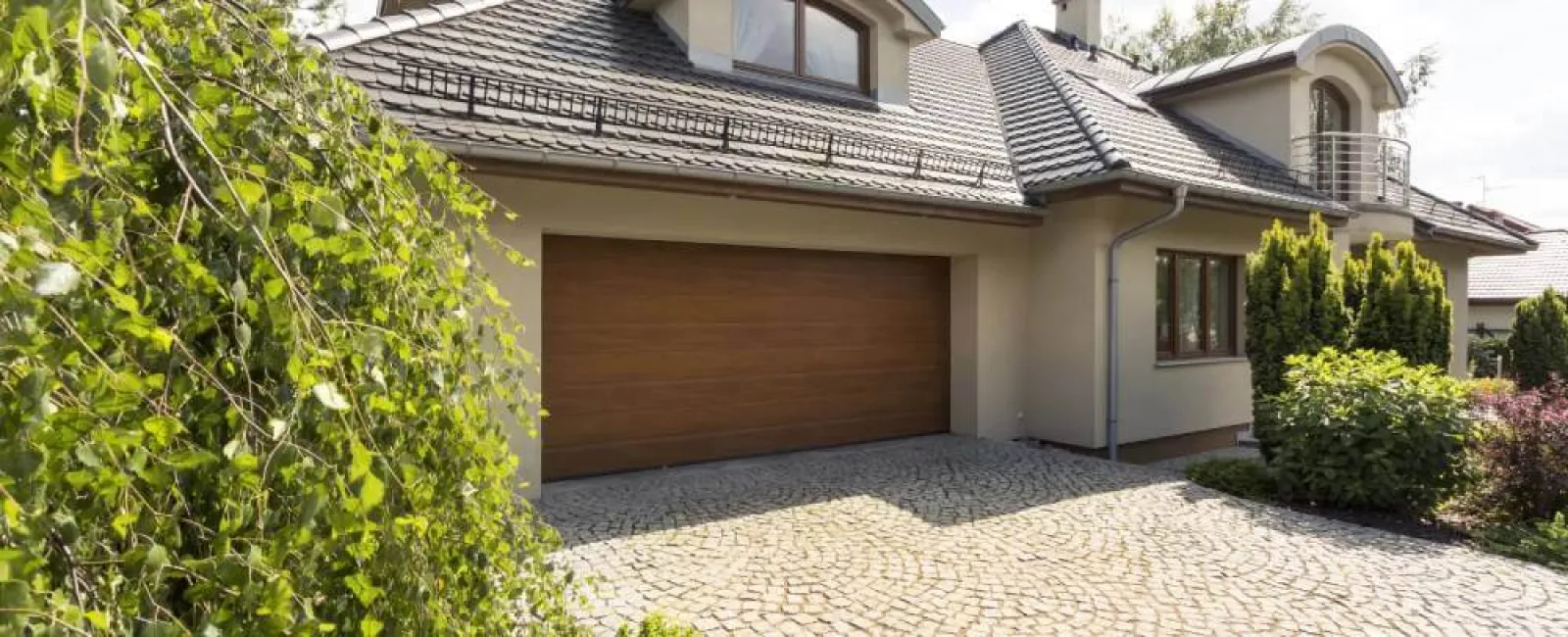- Learn immediate troubleshooting methods for when your garage door won't open during an emergency.
- Get a step-by-step guide on how to safely use the emergency release and, crucially, how to reattach the garage door emergency pull.
- Understand the common causes of garage door failure and why 24-hour emergency garage door repair is essential for safety and security.

There are few things more frustrating than a garage door that refuses to open. Whether you're rushing to work or returning home after a long day, a stuck garage door is a major disruption. More importantly, it can compromise the security of your home. If you're facing a situation where your garage door won't open, don't panic. This guide provides practical emergency tips, from initial troubleshooting to manually operating the door, ensuring you can handle the situation safely and effectively.
My Garage Door Won't Open: What to Check First
Before assuming the worst, run through these simple checks. Often, a minor issue is the culprit when your garage door won't open.
Check the Power Source: It sounds simple, but it's a common oversight. Ensure the garage door opener is plugged firmly into a working outlet. Check your home's circuit breaker or fuse box to see if the circuit has tripped.
Inspect the Remote and Wall Control: Try both the remote and the wall-mounted button. If the wall button works but the remote doesn't, you likely need to replace the remote's batteries. If neither works, the problem lies elsewhere.
Check for a "Vacation" or "Lock" Mode: Many wall controls have a lock button that deactivates the remotes. Check to see if this has been accidentally pressed. An illuminated lock light is a clear indicator.
Examine the Photo-Eye Safety Sensors: Near the bottom of the garage door tracks are two small sensors. They must be aligned to "see" each other. If one is blinking, it means they're misaligned or something is blocking their path. Wipe the lenses clean and ensure nothing is in the way. Gently adjust them until both sensor lights are solid. If you struggle with this step, you can learn how to reset your garage door sensors with our detailed guide.
Listen to the Opener Motor: Press the remote. Do you hear a humming or grinding noise from the opener unit? These sounds can be a major clue. If you've ever wondered why your garage door is so loud, it often points to a problem with worn-out parts that may eventually cause a total failure.
If these steps don't resolve the issue, you may need to open the door manually using the emergency release.
How to Safely Use and Reattach the Garage Door Emergency Pull
The emergency release cord is a critical safety feature that allows you to operate your door during a power outage or opener malfunction. Knowing how to use it - and how to reconnect it - is an essential skill for any homeowner.
Step-by-Step: Disengaging Your Garage Door
IMPORTANT: For your safety, only disengage the opener when the garage door is fully closed. A door with a broken spring can slam shut when disengaged, causing serious injury or damage.
Ensure the Door is Closed: This prevents the door from crashing down unexpectedly.
Locate the Red Emergency Release Cord: This is the red-handled cord hanging from the trolley mechanism on the opener rail.
Pull the Cord Straight Down: A firm pull down and slightly back will disconnect the trolley (the part that moves along the rail) from the opener's chain or belt drive. You should hear a click as it disengages.
Lift the Door Manually: Now that the door is disconnected, you should be able to lift it by hand. If it feels extremely heavy or is impossible to lift, you likely have a broken spring. Do not force it. Call a professional immediately.
Step-by-Step: How to Reattach Garage Door Emergency Pull
Once power is restored or you're ready to use the automatic opener again, you need to reconnect the door. Here's how to reattach the garage door emergency pull system:
Close the Garage Door: Make sure the door is fully closed.
Pull the Emergency Cord Towards the Door: Pull the red cord at an angle toward the garage door itself. This action re-engages the spring-loaded latch on the trolley, preparing it to reconnect.
Run the Garage Door Opener: Press the button on your remote or wall control. The opener will move the carriage along the rail until it aligns with the trolley and automatically clicks back into place. You will hear a loud "clack" when it successfully reconnects.
Test the Door: Run the opener to open and close the door once to confirm it's securely reattached and functioning correctly.
If you're unable to reconnect the trolley, it's best to contact a professional for emergency garage door repair to avoid damaging the opener mechanism.
Common Reasons a Garage Door Won't Open
If basic troubleshooting fails, a more significant mechanical or electrical issue is likely the cause. Here are the most common culprits:
Broken Springs: This is the number one reason a garage door won't open. Torsion or extension springs do the heavy lifting. When one breaks, the opener isn't strong enough to lift the door's full weight. You may have heard a loud bang when it broke. This requires immediate, professional 24-hour emergency garage door spring repair due to the extreme tension in the springs.
Snapped or Frayed Cables: The lifting cables work with the springs. If a cable snaps, the door will often appear crooked or get stuck part-way. This is also a hazardous repair that should be left to experts.
Track Misalignment: If the metal tracks that guide the door's rollers are bent or misaligned, the door can bind and get stuck. This can be caused by an impact or loosening hardware over time.
Garage Door Opener Failure: The opener's internal components, like the motor, gears, or logic board, can wear out over time or be damaged by a power surge, preventing the door from opening.
The Importance of Professional 24-Hour Emergency Garage Door Repair
While some minor fixes are DIY-friendly, many garage door problems are complex and dangerous. The benefits of hiring a pro for your garage door repair over DIY include safety, efficiency, and peace of mind. Components like springs and cables are under immense tension and can cause severe injury if handled improperly.
Balanced Garage Doors provides 24-hour emergency garage door repair services because we know these problems don't happen on a 9-to-5 schedule. Our trained technicians have the tools and expertise to safely and quickly diagnose the problem and get your door working again, securing your home and restoring your peace of mind.
When your garage door won't open, it's crucial to act safely. Start with simple troubleshooting, and if you must open the door, use the emergency release with caution. For any issue involving broken parts or if you are unsure about a repair, don't hesitate to call for professional help. Our team at Balanced Garage Doors is always ready to help you through any garage door emergency.
